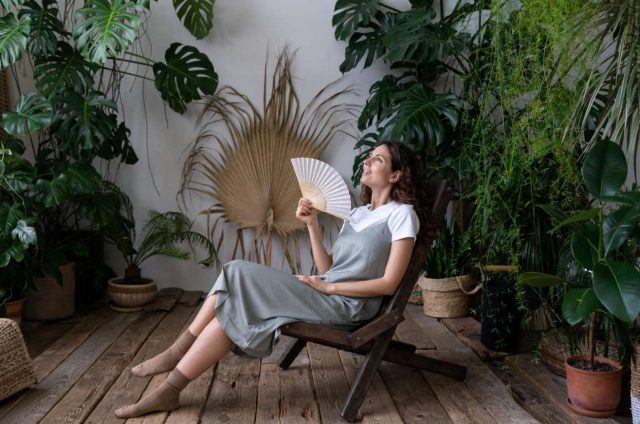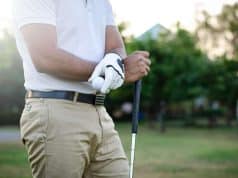If you want to become an indoor gardener, there are a few techniques that you need to master. In this blog post, we will discuss seven of the most important ones. Gardening indoors can be a challenging and rewarding experience, but it is important to know what you are doing before you get started. Let’s get started.
Lighting
One of the most important aspects of indoor gardening is lighting. Without adequate lighting, your plants will not grow properly. There are a few different options when it comes to lighting, so you will need to choose the one that best suits your needs. If you are growing plants that require a lot of light, you will need to purchase grow LED lights. These lights are very powerful and will provide your plants with the light they need to grow properly. You can do an online search to see how to find great lights for plants in your area. If you are only growing a few plants, you can get by with regular fluorescent bulbs. Just make sure that the bulbs are not too close to the plants, as this can cause them to burn. Another option is to purchase grow lights that you can set on a timer. This way, you can make sure that your plants are getting the right amount of light each day.
Watering
Proper watering is essential for indoor plants. Overwatering can be just as harmful as not watering your plants enough. When you water your plants, make sure that the soil is evenly moistened. You should also allow the top layer of soil to dry out before watering again. If you are unsure how often to water your plants, check the instructions that came with your plants. Another option is to purchase a moisture meter, which will help you to determine when your plants need to be watered.
Fertilizing
Fertilizing your indoor plants is important to keep them healthy and growing. There are a few things to keep in mind when fertilizing your plants. Use the right fertilizer for your plant. Different plants need different types of fertilizer, so be sure to read the labels carefully. How often you need to fertilize will depend on the type of plant and the type of fertilizer you’re using. It’s possible to overfertilize your plants, which can damage their roots or even kill them. So be sure to follow the directions on the fertilizer label carefully.
Temperature and Humidity
The two most important factors in an indoor garden are temperature and humidity. If either of these is too high or too low, your plants will suffer. That’s why it’s important to get a thermometer and hygrometer to keep track of both of these things. You can find out what the ideal temperature and humidity levels are for your specific plants online or from a gardening book. Once you know what those levels are, do your best to maintain them. If you can’t seem to get the levels right, there are products you can buy that will help regulate them for you.
Ventilation
The key to a healthy indoor garden is proper ventilation. Make sure you have an exhaust fan and some sort of fresh air intake. This will ensure that your plants are getting the CO₂ they need, and the humidity levels stay in check. Without proper ventilation, your plants will quickly start to suffer. If you live in an apartment or somewhere where outside air isn’t an option, consider investing in an air purifier. This will help to circulate fresh air throughout your space and keep your plants happy.
Pest Control
Dealing with pests is one of the most challenging aspects of indoor gardening. There are several ways to deal with pests, but the most effective method is to prevent them from getting into your garden in the first place. One way to do this is to keep your garden clean and free of debris. Another way to prevent pests is to use traps or baits.
If you do find yourself dealing with pests, there are some methods you can try. One popular method is to use an insecticide or pesticide. You can also try using natural predators such as ladybugs or spiders. If all else fails, you may need to resort to chemical pesticides. Whatever method you choose, be sure to follow the instructions carefully and take precautions to avoid harming yourself or your plants.
Molding
If you want to get creative, try molding! You can use molding to create all sorts of shapes and designs. All you need is some basic knowledge of how to work with molding clay. With a little practice, you’ll be able to create all sorts of unique indoor plants. Some plants such as ferns and mosses do particularly well when grown in molding. If you’re interested in learning more about molding, there are plenty of online tutorials and resources available. With a little effort, you can become a master indoor gardener in no time.
These are just a few of the most important techniques that you need to master to become an indoor gardener. If you take the time to learn these techniques and apply them to your gardening, you will be well on your way to success.

Speaks from heart, always too passionate and driven by emotions. Spins the words with kindness & sharpness, intriguing your ever-inscrutable minds.






